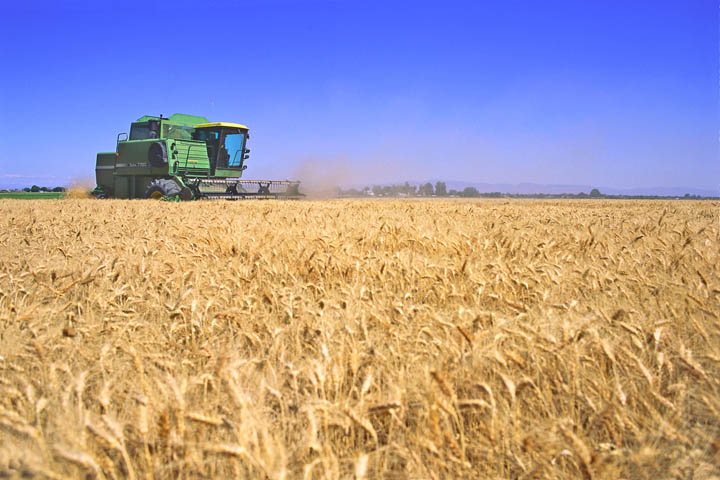March 24, 2011

FAO's first forecast for world wheat production in 2011 stands at 676 million tons, representing a growth of 3.4 percent from 2010, the March 2011 edition of the Crop Prospects and Food Situation report said. This level would still be below the bumper harvests in 2008 and 2009.
Wheat plantings in many countries have increased or are expected to increase this year in response to strong prices, while yield recoveries are forecast in areas that were affected by drought in 2010, the Russian Federation in particular, the report specified. As the bulk of the world's coarse grains and paddy crops are yet to be planted, it is, however, too early to forecast total cereal production for this year.
Food deficit countries importing less, paying more Looking back to last year's production, the FAO report notes that in the low-income food-deficit countries (LIFDCs) as a group, the 2010 cereal output rose by 5.6 percent, a development that will result in reduced cereal imports in the 2010/11marketing years.
But this will not necessarily spell much relief for these countries as their overall cereal import bill is estimated to increase by 20 percent because of higher international prices.
Africa - a mixed picture Prospects for the 2011 May-June harvests of winter wheat and coarse grains in North Africa are generally favorable, except in Tunisia where dry conditions in January dampened hopes for a robust wheat production recovery. The current situation in North Africa has resulted in the displacement of large numbers of people and disruption to the flow of goods and services in this heavily cereal-import dependent region.
In Southern Africa, the outlook for the main 2011 maize crop is favorable and relatively low prices have helped stabilize food security. A record crop of maize is forecast in Malawi and Zambia. However, in South Africa, the largest producer in the subregion, a sharp drop in production is forecast from last year due to reduced plantings in response to high level of stocks and low prices for maize at planting time.
In Eastern Africa, despite bumper harvests in 2010 and generally low prices, food insecurity has increased in the drought-stricken pastoral areas. In Western Africa, post-election violence in Cote d'Ivoire continued to damage general economic conditions in the subregion and, in particular, trade.
Asia and South America In Asia, good 2011 wheat harvests are forecast in India and Pakistan. In China, the drought situation in the North Plain has been eased by recent precipitation but the outlook for the wheat crop still remains uncertain.
In the Asia CIS subregion, where Kazakhstan is the major producer, the bulk of the crop is yet to be sown but in view of current strong prices plantings are expected to be in line with the relatively high level of the past two years. Assuming a recovery in yields after last year's drought-reduced level, a significant increase in production could be achieved.
In South America, however, where the season is well advanced, prospects for the 2011 maize crop are unfavorable in Argentina and Uruguay due to persistent dry weather linked to the La Niña weather event. In Brazil, by contrast, the outlook is positive after good rainfall since planting improved soil moisture conditions for developing crops.
You May Also Like




